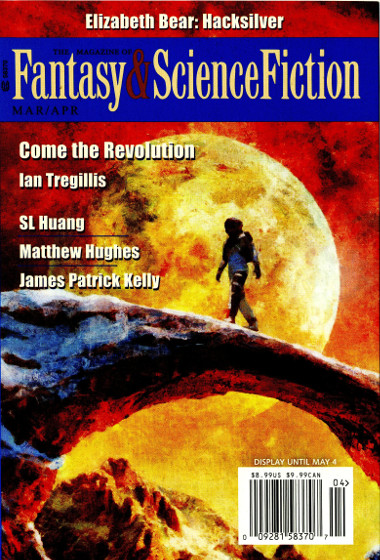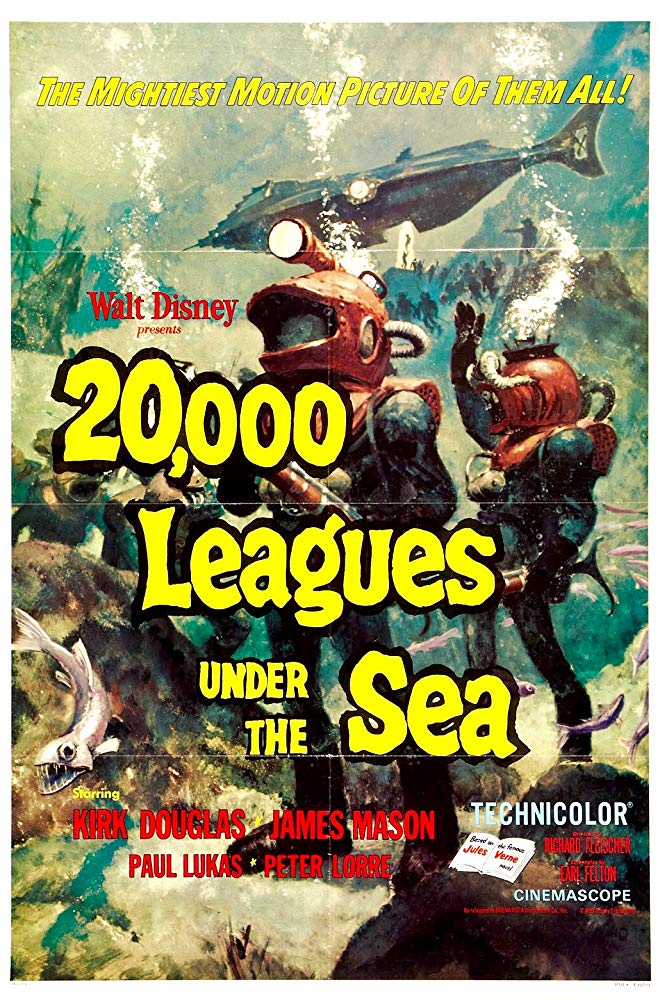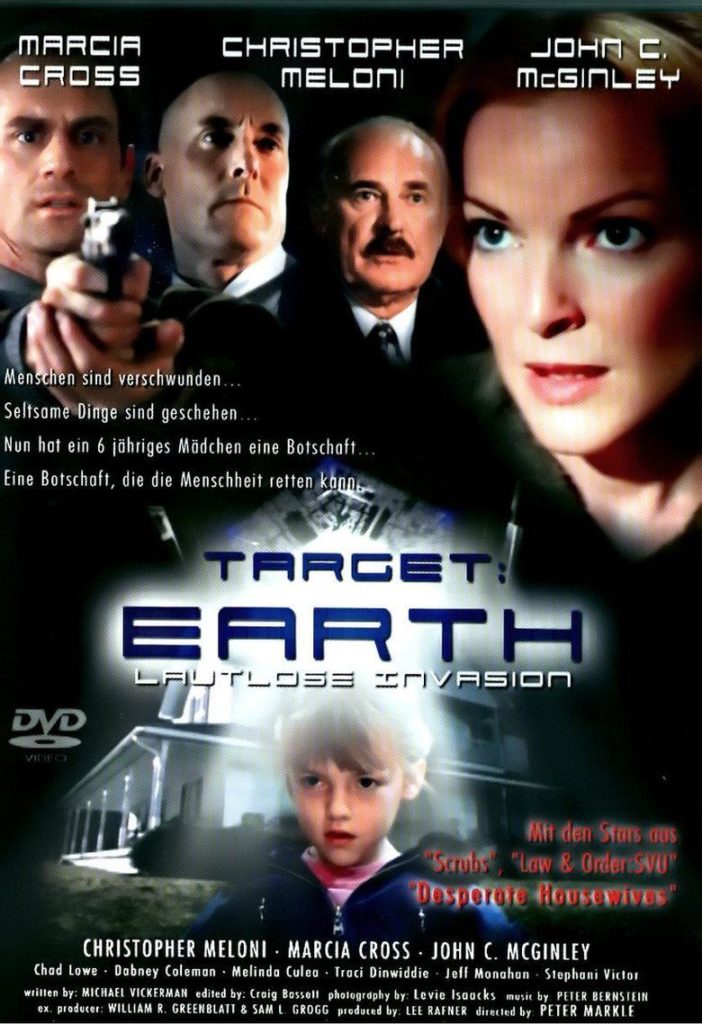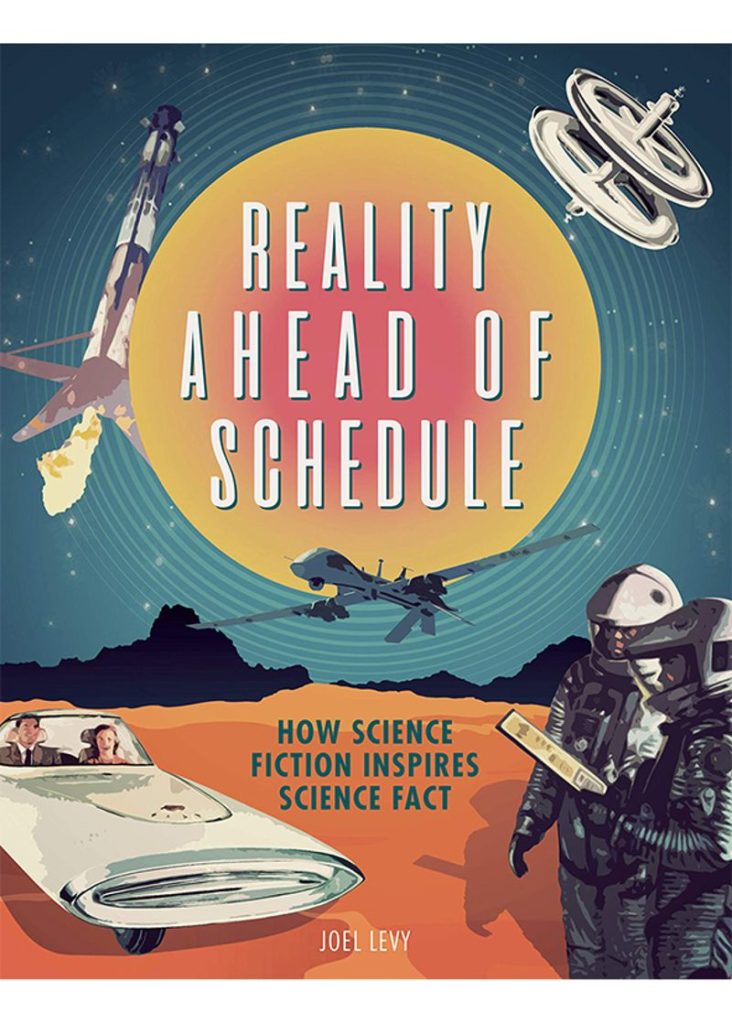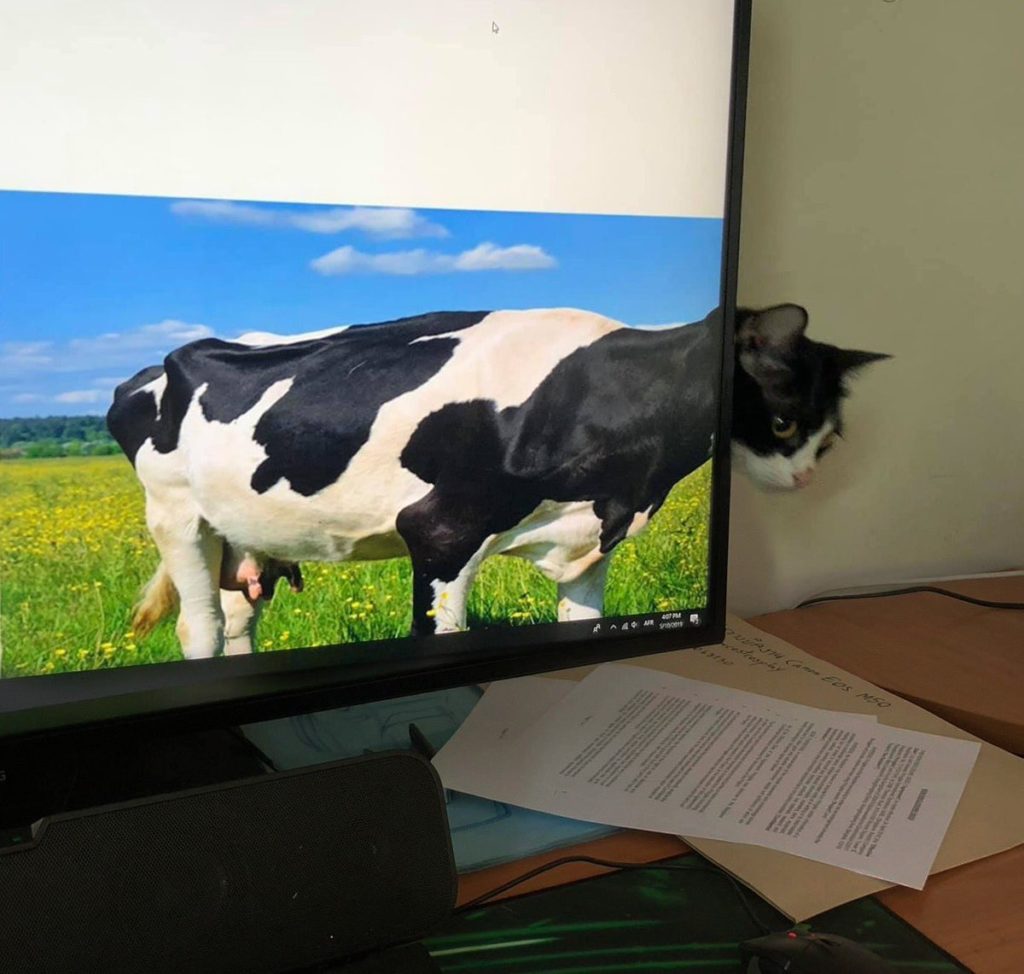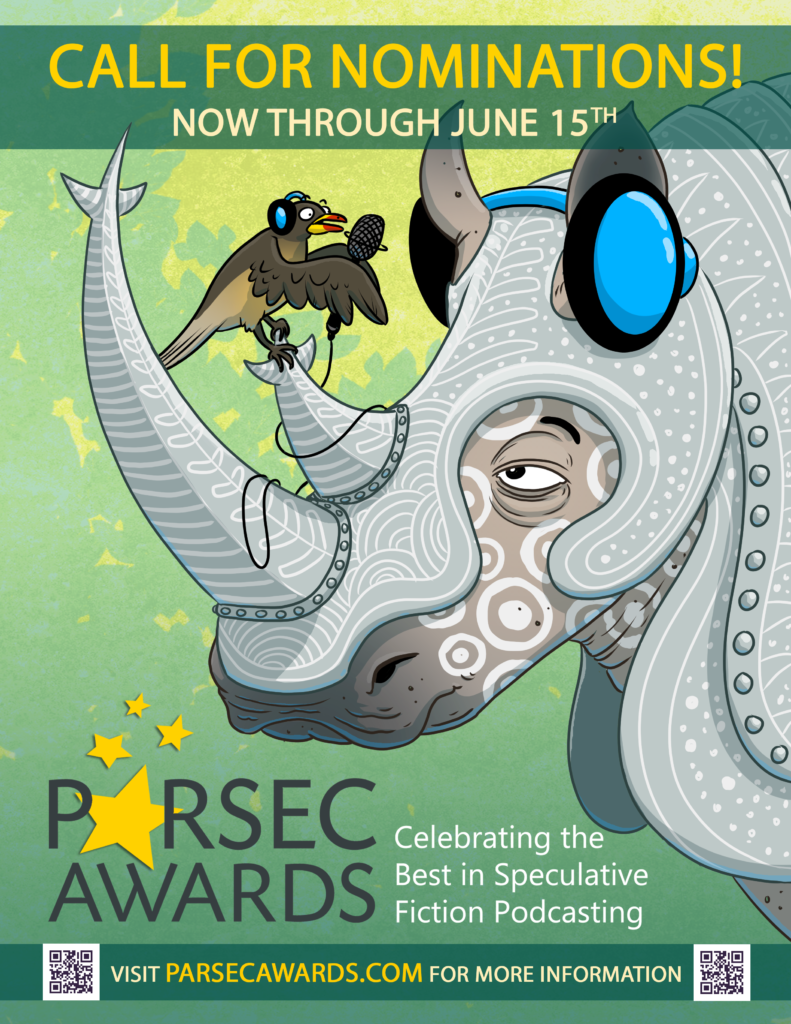(1) FOR THE RECORD. Odyssey Con co-chair Alex Merrill published an official response to the departure of GoH Monica Valentinelli yesterday – filling the void left by Richard S. Russell’s retracted statement with something more socially acceptable.
We, the Convention Committee of Odyssey Con, deeply regret losing Monica as a Guest of Honor, especially in the way the last twenty-four hours have unfolded. Odyssey Con strives to be a warm and welcoming place for all people to express themselves and engage in fandoms. We took a long and hard look at the issue of having Jim Frenkel continue to be a member of our convention committee when he was banned from WisCon in 2012. Our position at that time was to look at our policy on harassment and ensure that any situation that may take place at our convention would be dealt with professionally. We now have an ombudsman, anonymous reporting procedures, and a very detailed policy. There have been no complaints filed against Mr. Frenkel from attendees of Odyssey Con. However, in light of Monica’s email, the following changes have been made: Mr. Frenkel is no longer a member of our ConCom in any capacity, he has no position of authority in the convention proper, and he is not a panelist or lecturer. He has the right to purchase a badge and attend the convention, but as of this writing, I do not know if he is planning to do that.
I personally wish to apologize for the mishandling of our response to Monica’s concerns. It has never been our intent to minimize any guest’s complaints. Odyssey Con is an all volunteer organization staffed by people who have many strengths, but not all of us are great communicators.
I have already reached out to Monica to personally apologize for the email response she received from one of our ConCom members and for the subsequent posting of email chains publicly. This exchange was not an example of Odyssey Con as a whole, which is run by fans, for fans. I hope to have a continued dialogue with you all.
However, the first comment left on the post identified a number of questions that remained unanswered by the statement.
And after K. Tempest Bradford looked over the new response, she shared her reaction in the comments of her blog.
…No matter how much the Internet is mad at your organization, that does not excuse any implication that the person reporting feeling unsafe because a harasser is involved in running the con is at fault here. That’s immature. That’s not professional. That’s yet another indication that guests would not have been treated professionally by OddCon as an organization.
Also an indication that attendees will not be treated in a professional manner.
And being a volunteer run con is not an excuse for that. Yeah, you’re all volunteers, but you’re running an event. People attending said event as fans or guests have the right to expect a certain level of safety and respectful treatment from those running the event. That was not what happened. Now they’re sorry. Yet I still do not see that behavior addressed in a meaningful way in this Sorry….
(2) MARVEL FIRES SYAF. Marvel pencil artist Ardian Syaf, who inserted anti-Semitic and anti-Christian political references into his work on X-Men Gold has now been officially terminated.
Over the weekend, Marvel released a statement that it had been unaware of the references, and they would remove the artwork from all upcoming versions of the issue.
The company’s follow-up statement, quoted in Paste Magazine, says:
Marvel has terminated Ardian Syaf’s contract effective immediately. X-Men: Gold #2 and #3 featuring his work have already been sent to the printer and will continue to ship bi-weekly.
Issues #4, #5, and #6 will be drawn by R. B. Silva and issues #7, #8, and #9 will be drawn by Ken Lashley. A permanent replacement artist will be assigned to X-Men: Gold in the coming weeks.
Syaf wrote on his Facebook page:
Hello, Worlds…
My career is over now.
It’s the consequence what I did, and I take it.
Please no more mockery, debat, no more hate. I hope all in peace.
In this last chance, I want to tell you the true meaning of the numbers, 212 and QS 5:51. It is number of JUSTICE. It is number of LOVE. My love to Holy Qur’an…my love to the last prophet, the Messenger…my love to ALLAH, The One God.
My apologize for all the noise. Good bye, May God bless you all. I love all of you.
Ardian Syaf
However, Coconuts warns that statement should not be confused with Syaf actually regretting his actions.
…In an interview about the controversy with local newspaper Jawa Pos published today, Ardian explained why he thought that Marvel could not accept his explanation for including the references.
’But Marvel is owned by Disney. When Jews are offended, there is no mercy,” he was quoted as saying.
After making the anti-Semitic remark, Ardian reiterated to the interviewer that he was not anti-Semitic or anti-Christian because, if he was, he wouldn’t have worked for a foreign publisher.
(3) WHITE AWARD DELAYED. The British Science Fiction Association has postponed the date for revealing the winner of the James White Award:
With apologies to those who have entered this year’s competition, we are sorry to announce that the announcement of this year’s James White Award winner has been delayed.
The longlist will announced shortly after Easter and the shortlist shortly after that. We are working to complete the judging as quickly as possible.
We intend to announce the winner by Friday, 19 May at the latest.
(4) SFWA STORYBUNDLE. Cat Rambo has unveiled The SFWA Science Fiction Storybundle.
The SFWA Science Fiction Bundle is a very special collection full of great sci-fi books that benefit a great cause! If you’re unfamiliar with the Science Fiction and Fantasy Writers of America, it’s over 50 years old, and has a membership of professional writers and publishing professionals from around the globe. It administers the Nebula Awards each year. This bundle is filled with talented SFWA members and their wonderful works, such as Tech Heaven by Locus-award-winning Linda Nagata and Factoring Humanity by Hugo, Nebula and John W. Campbell Memorial Award winning Robert J. Sawyer, plus 10 more tremendous reads. You can easily choose to donate part of your purchase to the Science Fiction Fantasy Writers of America to support these fantastic authors. Don’t forget to click here to read much more about the bundle, and make sure to click on each cover for reviews, a preview and a personal note from our curator!
It has another 22 days to run.
(5) DISTRACTIONS. With so much happening in 1962, Galactic Journey’s Victoria Silverwolf finds it hard to concentrate on her reading — “[April 12, 1962] Don’t Bug Me (May 1962 Fantastic)”.
Maybe it’s because it’s almost time to mail in those tax forms to Uncle Sam, or maybe it’s because of the tension between President Kennedy and the steel companies, or maybe it’s because Jack Parr left his television series (which will now be known by the boring, generic title The Tonight Show), or maybe it’s because the constant radio play of the smash hit Johnny Angel by actress Shelley Fabares of The Donna Reed Show is driving me out of my mind, or maybe it’s because of George Schelling’s B movie cover art for the May 1962 issue of Fantastic; but for whatever reason your faithful correspondent approached the contents of the magazine with a leery eye….
(6) TIPTREE. There will be a Tiptree Auction at WisCon 41 on Saturday, May 27.
Can’t get enough Tiptree fun on Facebook? Are you curious about Tiptree auctions? Fan of Sumana Harihareswara? Want to support science fiction that explores and expands gender? Want to roar with laughter? There are dozens of possible reasons to go to the Tiptree Auction at WisCon 41.
(7) APEX REPRINTS EDITOR. Apex Magazine is bringing aboard Maurice Broaddus as reprints editor. The magazine publishes one reprint in each issue, and he will be responsible for finding those reprints beginning with issue 98, July 2017.
Maurice Broaddus and Apex Publications have a long history together going back 10 years. He has been published in several of our anthologies, including most recently in Upside Down: Inverted Tropes in Storytelling edited by Monica Vallentinelli and Jaym Gates. He has also had several books published through Apex, including Orgy of Souls (co-written by Wrath James White), I Can Transform You, and the anthologies Dark Faith and Dark Faith: Invocations which he co-edited with Jerry Gordon. Most recently, Maurice Broaddus guest edited an issue of Apex Magazine—issue 95 (http://www.apex-magazine.com/issue-95-april-2017/) , which included original fiction by Walter Mosley, Chesya Burke, Sheree Renee Thomas, and Kendra Fortmeyer, poetry by Linda D. Addison and LH Moore, and nonfiction by Tanya C. DePass.
(8) NEW COLUMNIST. Galaxy’s Edge magazine has a new columnist, Robert J. Sawyer. He’ll replace Barry N. Malzberg starting with issue 27.
Robert J. Sawyer, author of the bestselling novel Quantum Night, has agreed to write a regular column for Galaxy’s Edge magazine. Robert is currently one of the foremost science fiction authors in the field and one of Canada’s top writers. He was admitted into The Order of Canada (one of the country’s highest civilian honors) in 2016. His novels have won more awards than any other person in the history of the genre (as per the Locus index for science fiction awards) from countries around the world.
(9) SINISALO. At Europa SF, Cristin Tamas conducts a lengthy interview with 2017 Worldcon GoH Johanna Sinisalo.
Cristian Tamas : “Johanna Sinisalo seems to have emerged, along with Leena Krohn and Pasi Ilmari Jääskeläinen, as a central figure in the ‘‘Finnish Weird’’, which like many such movements may be a coincidence, a plot, or even, as Sinisalo herself said in her introduction to last year’s Finnish Weird anthology, simply a ‘‘brand.’’ In any case, it seems to carry with it a celebratory feeling of having just rediscovered the possibilities of nonrealistic fiction, even as some of its major works come with pretty grim premises.” – Gary K.Wolfe ; Please comment !
Johanna Sinisalo : Finnish Weird is basically a term invented for commercial uses, based on the fact that most of the Finnish Weird writers do not want to be pigeonholed as fantasy or sf or horror writers. Words like “nonrealistic” or “speculative fiction” are relatively strange to the wider audiences, so we came up with this kind of definition that could perhaps be compared to the commercial term “Nordic Noir”. Analogically, the Scandinavian crime writers have not “rediscovered the possibilities of crime fiction”, but the term Nordic Noir tells the reader that those books are a part of a certain literary tradition (and in many cases it is also considered as a sign of high quality).
Cristian Tamas : Isn’it weird that the oldest (beginning of the 13th century) known document in any Finnic language, the Birch Bark Letter no.292 is written in Cyrillic alphabet in the Karelian dialect of the archaic Finnish (or Finnic language) and it was found in 1957 by a Soviet expedition led by Artemiy Artsikhovsky in the Nerevsky excavation on the left coast side of Novgorod, Russia ? Is this an avant-la-lettre sample of Finnish Weird ?
Johanna Sinisalo: It is an interesting document. As far as I know the only words in that letter that the scholars totally agree upon are “God” and “arrow”, and the most popular theory is that the the text is a spell or prayer protecting from lightnings, saying “Jumaliennuoli on nimezhi”, roughly ”You are / will be called as the Arrow of Gods”. Perhaps it forecasts that we Finnish Weird writers are lightnings of the literary gods?
(10) TODAY’S DAY
Bookmobile Day
Bookmobile Day is an opportunity to celebrate one of the many services offered through public libraries. Originating in the nineteenth century, the earliest bookmobiles were horse-drawn wagons filled with boxes of books. In the 1920s, Sarah Byrd Askew, a New Jersey librarian, thought reading and literacy so important that she delivered books to rural readers in her own Ford Model T. And today, Kenya still uses camels to deliver materials to fans of reading in rural areas.
(11) TODAY IN HISTORY
- April 12, 1981 — Space shuttle Columbia first launched.
(12) COMIC SECTION. A horrible pun and a funny gag – John King Tarpinian recommends today’s Brevity.
(13) HATERS. John Scalzi, the midst of his annual Reader Request Week, takes up the subject of “Haters and How I Deal With Them”. This section of his post is from a list of “things I know about haters, and how they relate to me.”
Fourth, I’ve come to realize that some people are using hating me primarily as a transactional enterprise; they see some personal business advantage to holding me up as someone to be hated, and doing so allows them to, say, peddle to the gullible and strident wares that they might not otherwise be able to profitably market. To this respect the hating isn’t actually about me — if I didn’t exist, they’d just pick someone else who suited their needs. That being the case, why get worked up about it? Especially if it’s not having any noticeable effect on my own personal or professional fortunes.
(14) MEANWHILE BACK AT THE RANCH. Quite coincidentally, Vox Day put up a post titled “This is what ‘Zero Fucks’ looks like” that’s all about….would you like to guess?
(15) LIBRARIANS LIKE IT. Library Journal gives its take on the 2017 Hugo ballot in “Quality and Diversity”
After a contentious two years owing to the Sad/Rapid Puppies dispute, last week’s announcement of the 2017 Hugo Award nominees was received with acclaim. Library Journal sf columnist Megan McArdle, noting that the puppies appeared to have lost their fangs, was thrilled by the lists. “The fact that so many women are represented (and trans women! and women of color!), just shows that diversity is actually valued by the majority of SFF fans, which is great to see after so much drama in past years.” She was also excited to see a couple of her favorites—Charlie Jane Anders’s All the Birds in the Sky and Becky Chambers’s A Closed and Common Orbit—make the list.
Co-columnist Kristi Chadwick was equally excited by the nominations, which are voted on by attendees of the World Science Fiction Convention (Worldcon) and paying members of the World Science Fiction Society. “I am a big squeeing girlfan of Seanan McGuire, and I think Every Heart a Doorway has given fantastical tropes a way to bend sideways. Then I see N.K. Jesmin, Charlie Jane Anders, and [Lois McMaster] Bujold? Amazing stories that never cross our desks? The editors, movies and everything else that makes this genre amazing? I am so thrilled with the wealth of knowledge and imagination available to readers today.”
(16) A VISIT TO DYSTOPIA. Nerds of a Feather continues its series on Dystopian Visions. Here are excerpts from two of the major critical essays. And the link will also lead you to innumerable posts about individual books and films with dystopian themes.
What marked Utopia out from these fantasies of plenty was that it could be reached, and reached in two ways. Reached physically: there was a long, arduous but supposedly practicable journey that could get you from here to there. It was a journey beyond the abilities and wishes of most people, but the idea was established that perfection did not exist only in dreams or upon death, but here in the everyday world we all inhabited. And it could be reached structurally: this perfection was not the province of god or of fairies or some supernatural inversion of the natural world, this perfection was achieved by rational men. If a safe, secure, happy existence could be achieved by sensible human organisation in Utopia, then sensible, rational men could achieve the same here.
No, I don’t think science fiction’s exploration of dystopian presents and futures has been instrumental in bringing on twenty-first century dystopia, but the genre as a whole does bear some small responsibility for our comfort with what we should be deeply uncomfortable with…
Three science fiction novels spring to mind as examples, published in 2011, 2013 and 2014. One was by a highly-regarded genre writer, who has spent the last twenty years writing fiction not actually published as science fiction. Another was written by a successful British author of space operas. The earliest of the three is also a space opera, the first in a series of, to date, six novels, which was adapted for television in 2014.
…The three books are: The Peripheral by William Gibson, published in 2014, Leviathan Wakes by James SA Corey, published in 2011, and Marauder by Gary Gibson, published in 2013.
Since its beginnings, science fiction has exhibited a blithe disregard for the characters who people its stories, outside those of the central cast of heroes, anti-heroes, villains, love interests, etc. Frank Herbert’s Dune from 1965, for instance, describes how Paul Muad’Dib launches a jihad across the galaxy which kills billions. EE ‘Doc’ Smith’s Second Stage Lensman, originally serialised in 1941, opens with a space battle between a fleet of over one million giant warships and an equal number of “mobile planets”… Manipulating scale to evoke sense of wonder is one thing, but the lack of affect with which science fiction stories and novels massacre vast numbers of people, for whatever narrative reason, is more astonishing.
(17) DO YOU? I had to answer “No.”
https://twitter.com/sigridellis/statuses/852241336141000710
(18) EXOTIC GAME. Review of Simon Stålenhags RPG Tales from The Loop at Geek & Sundry — “Tales from the Loop Invites You to Roleplay in the ‘80s That Never Was”.
Tales from the Loop takes place in a retro-futuristic version of the 80’s where Cold War Era science brought us hover-vehicles, robots, and other advancements that pepper this light sci-fi landscape. It’s an idyllic time. Kids are free to roam after dark. The same children who have grown up around robots and Magnetrine Vehicles geek out over Dungeons & Dragons and Atari systems. There are problems, but the future is hopeful.
If this whole setting sounds like a sci-fi version of Stranger Things you wouldn’t be far off. If that’s what it takes to get you to crack into this portal into a future past then by all means: it’s a sci-fi version of Stranger Things. But in reality it captures more of the feeling of E.T. or The Goonies. Mike, Dustin, and Lucas were able to get help from Joyce and Sheriff Hopper. In Tales from the Loop the focus is squarely on the trials, challenges, and successes of the kids. One of the 6 Principles of the game right in the book is that “Adults Are Out of Reach and Out of Touch”, and if your character ever turns 16 years old, they age out of the campaign
[Thanks to John King Tarpinian, Hampus Eckerman, Cat Eldridge, JJ, and Marc Criley for some of these stories. Title credit goes to File 770 contributing editor of the day Kip W, who will be awarded a Nobel Prize for his discovery of the basic Scroll title DNA.]


